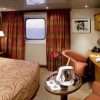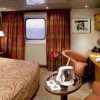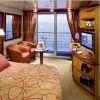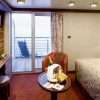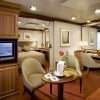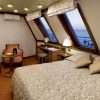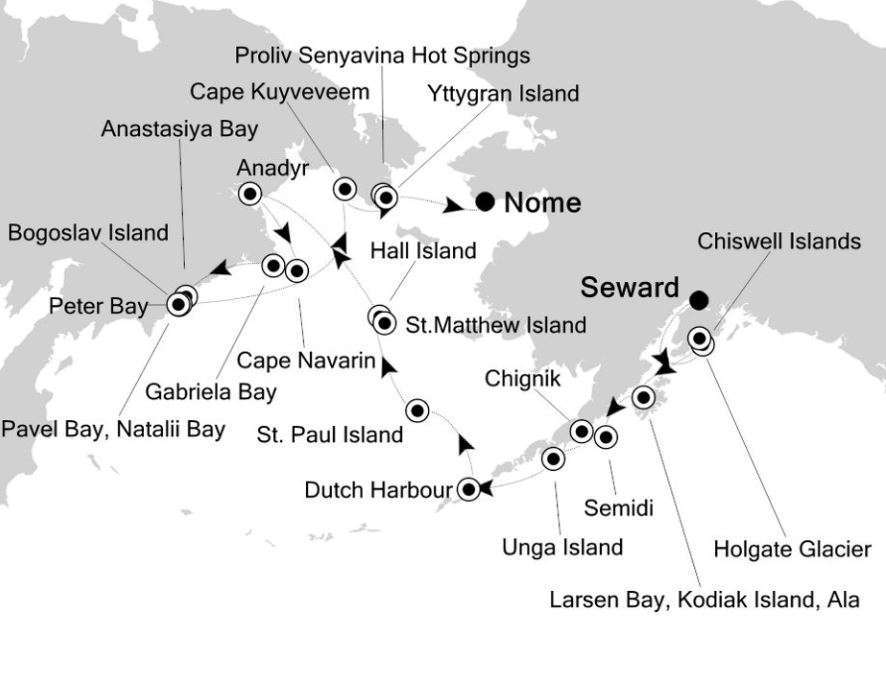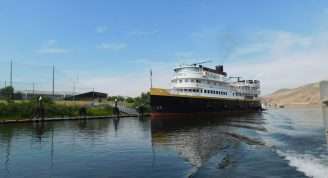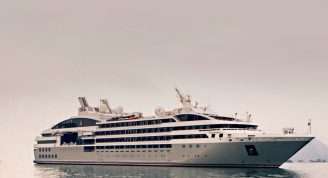Description
Join us to sail from Alaska to Russia and back across the Bering Sea, experiencing all the natural wonders these starkly beautiful places have to offer. In Alaska see Bald Eagles up close in Dutch Harbor and see the large population of Northern fur seals at St. Paul Island before crossing the Bering Sea to search for whales in Gabriela Bay, Russia. Hike to lakes and waterfalls in Peter Bay, look for the major walrus haul-out in Anastasiya Bay, and cruise the spectacular bird cliffs at Cape Kuyveveem. Learn about the culture of Anadyr, Russia and see incredible ivory, mammoth tusk and stone carvings at the Chukotka Museum.
Throughout the voyage, learn about the history, geology, wildlife and botany of these locations from lecture presentations offered by your knowledgeable onboard Expedition Team.




